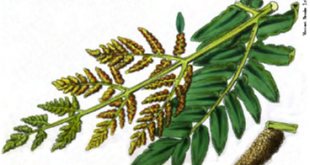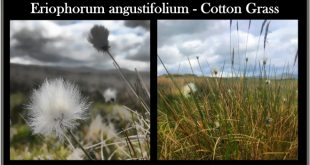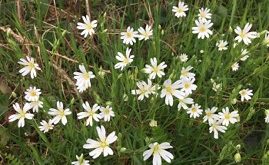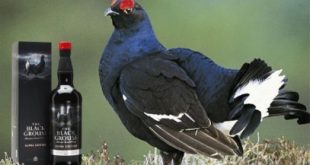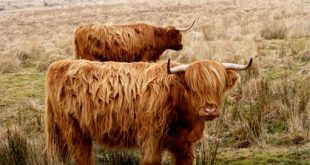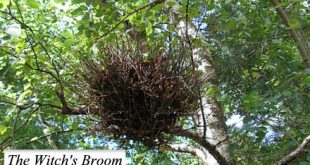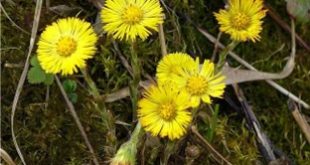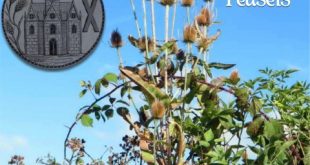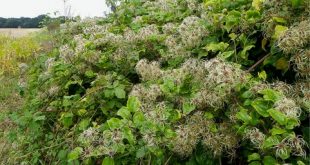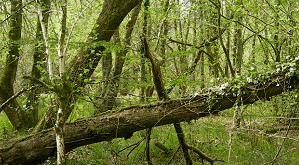The Royal Fern (Osmunda regalis), also known as the ‘Bog Onion’ is Dartmoor’s largest fern and indeed the largest European fern – hence its name. This fern can grow anything between two and four metres high. During the summer months the fronds are a dark green and comprise of …
Read More »Pixie Wool
During the months of May and June much of the wet bogs and mires will be sporting a mantle of fluffy white tufts swaying gently in the moorland breezes. No matter what route one chooses on upland Dartmoor it is in many places impossible to walk in a straight line …
Read More »Dartmoor Stitchwort
There are actually two types of Stitchwort found on Dartmoor – the Greater Stitchwort (Stellaria holostea) and the smaller Lesser Stitchwort (Stellaria graminea). Out of the two it’s the Greater Stitchwort that generates the most interest and is what this page is about. Greater Stitchwort is more commonly found in …
Read More »Black Grouse
For me the mention of Black Grouse immediately conjures up the picture of a bottle of fairly drinkable whisky probably because I have never seen the avian type in the wild. However there was a time when the word most likely would have been associated with a covey of majestic …
Read More »Dartmoor’s Highlanders
You are driving over the B3212 road by Shapley Common, its a crisp autumn day, the heather is in full bloom casting a purple hue over the hazy moorland and all of a sudden in the middle of the road you see a shaggy looking cow. Somewhere beneath its furry …
Read More »Dartmoor Birch Trees
Birch Cleave Wood (SX 826 826), Birch Down (SX 816 873), Birch Ellers Mine (SX 826 871), Birch Tree Farm (SX 8225 8733), Birch Pool (SX 7332 6811) Birch Tor (SX 687 814), Birchanger Cross (SX 7728 7557), Birch Wood ( SX 705 673), and Birchey Lake (SX 6199 …
Read More »Dartmoor Coltsfoot
“It grows in pleasant moist places and near rivers which make a noise.” – William Salmon, 1693. Tussilago farfara – what a wonderful name for a flower which is more commonly known as the Coltsfoot or locally as Bulls Foot, Coughwort, Sun Before Father or Boy’s Bacca. Coltsfoot can …
Read More »Dartmoor’s Teasels
Dipsacus fullonum – alias Teasel, Teazle. Teasle, whatever you want to call it the teasel is amongst the more easily identifiable plants that occur on Dartmoor. It had for centuries also played an important part in Dartmoor’s cloth making industry. On Dartmoor teasels can be found in moist grassland …
Read More »Dartmoor’s Traveller’s Joy
“The cuckoo shouts all day at nothing in leafy dells alone, – And traveller’s Joy beguiles in autumns hearts that have lost their own.” – A. E. Houseman. Clematis vitalba – As its name suggests this plant is a member of the clematis family and can be seen virtually …
Read More »Dartmoor Alder Trees
The European Alnus glutinosa or Alder is one of the several common and native trees to be found on Dartmoor and the name has derived from the Anglo Saxon word – alor which in a roundabout way means red or brown. Other local names for the tree are Aller, Aller Bush …
Read More » Legendary Dartmoor The many aspects past and present of Dartmoor
Legendary Dartmoor The many aspects past and present of Dartmoor

